Kintsugi, 金継ぎ, golden joinery
If you’ve ever seen a beautiful piece of Japanese pottery or ceramic shot through with a line of warm gold filling a crack, you’ve seen kintsugi. It’s the art of using lacquer and gold dust to repair an item, giving it a new life and a new purpose. Kintsugi exemplifies the Japanese qualities of mottainai (regret over waste) and wabi-sabi (the acceptance of impermanence and imperfection). Rather than throw out and waste a broken item, it is a way to give it new life, and create something unique.
You can buy kits to do your own real kintsugi repair, but they are expensive and hard to find. If you’d like to do an inspired DIY version using things you may already have at home or that can easily be bought online from places like Amazon, keep reading! You can follow this tutorial to repair an already-broken item or use it to create a new, unique item like a coaster or trivet. Instructions for both are below.

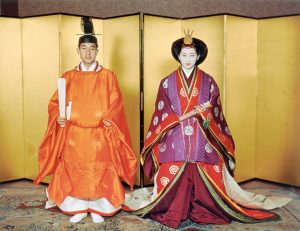
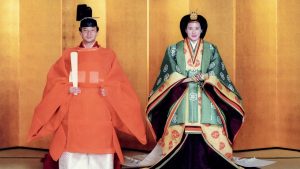
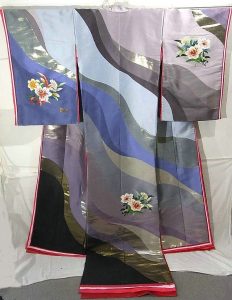
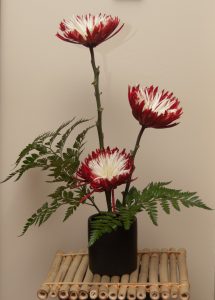
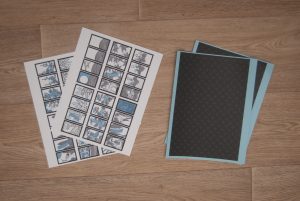

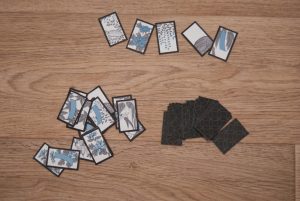

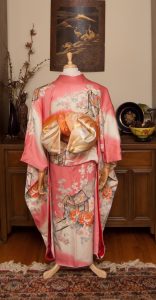
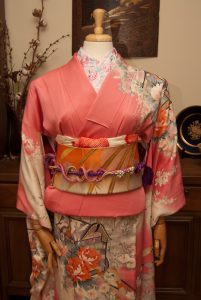
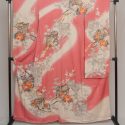
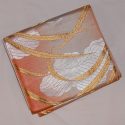
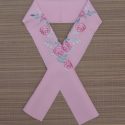

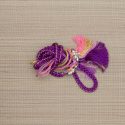











 Bebe Taian
Bebe Taian CHOKO Blog
CHOKO Blog Gion Kobu
Gion Kobu